Faerûn is a dangerous place in any campaign setting, but especially in Baldur’s Gate 3. Every corner is filled to the brim with death traps, so knowing everything you can about your defenses is crucial. Saving Throws are nearly as important as AC in Baldur’s Gate 3 due to the prevalence of spellcasters and traps. Knowing which ones are strong, weak, and which your foes will target is going to come in very handy.
Due to the widespread defensive options, locating your personal throws is a good first step. Head to your inventory and go to your third tab, which lists things like your class, race, and movement speed. Scroll down a bit, and under your proficiencies, you’ll see your Saving Throws.
How Saving Throws work in Baldur’s Gate 3
There are a total of six Saving Throws in Baldur’s Gate 3, each of which corresponds with an ability score. They are Strength, Dexterity, Constitution, Intelligence, Wisdom, and Charisma. When you are affected by a trap or spell, the game will automatically roll the corresponding throw against the Difficulty Check of the ability. With a d20, you want your Saving Throw to end up higher than the DC of the hazard that you are encountering.
Say, for example, that an enemy runs up to you and casts Burning Hands. The game will immediately roll your Dexterity save, which is what Burning Hands targets. On a success, you will take half damage from the spell. On a failure, you’ll take the spell’s full force.
Not pictured above, or in your Saving Throw bonus in general, are any situations where you might roll advantage for a Saving Throw. For example, since my Dwarf has Dwarven Resilience, he gets an advantage on Saving Throws against Poison. So, he gets to roll twice and take the better against any Poison effect.
While all stats’ Saving Throws are important for you during a fight, three are much more important than the others—Dexterity, Constitution, and Wisdom. Here’s a quick rundown of each stat’s Saving Throw to help you understand.
Strength
Strength Saving Throws are rolled when the target is going to be forcibly moved. The Thunderous Smite spell targets this. It represents the target fighting against the forced movement and standing their ground, or holding up something heavy. Because of how close it is to Constitution Saves, it often intermixes with them. You will not see too many Strength saves in Baldur’s Gate 3. But several traps will use them.
Dexterity
Dexterity Saving Throws represent the target’s ability to dodge danger, such as explosions or electricity. Because of this, if a spell causes an area of effect of any kind, it’ll ask you to roll a DEX save. Many, many damaging spells—like Hail of Thorns—will target this Saving Throw, making it crucial to pump if you want to survive the early game. Some non-damaging spells, like Entangle, target it as well. As time goes on and you can afford to take a hit, DEX Saves become less important compared to the other two big guns. Still, this is not a save you can safely ignore.
Constitution
Constitution might be the most important save in the game. Constitution Saving Throws represent your body’s ability to fortify and ignore distractions, diseases, and poisons. It is also your ability to concentrate on spells if you have a spell active that requires your full attention. While not as many spells target CON as Dexterity, Con Saves are commonly rolled for disease and poison subplots in Baldur’s Gate 3. So, make sure it’s high, or you might be seeing the “Load” screen quite often.
Intelligence
Intelligence Saving Throws are your ability to logic out a situation. The Phantasmal Force spell targets this. Because of its massive overlap with Wisdom, Intelligence is often ignored on the spell list. It is not a common Saving Throw at all, but when it comes up, you can get locked down for a long, long time.
Wisdom
Wisdom Saving Throws, the last top dog of the three, represents your character’s ability to mentally defend themselves from attacks. Spells and effects that require Wisdom saves are typically gigantic debuffs or cause your character to behave differently altogether. And, considering what happens to the player characters in the story of Baldur’s Gate 3 you might want to keep your Wisdom high.
Charisma
Charisma Saving Throws represent your character enforcing their personality to shake off effects. They are commonly used to counter “Charm” spells and similar trap effects. Wisdom is usually, however, the safer bet for avoiding most mental effects.
Related: Should you use Illithid Powers in Baldur’s Gate 3?
How to gain proficiency in Saving Throws in Baldur’s Gate 3
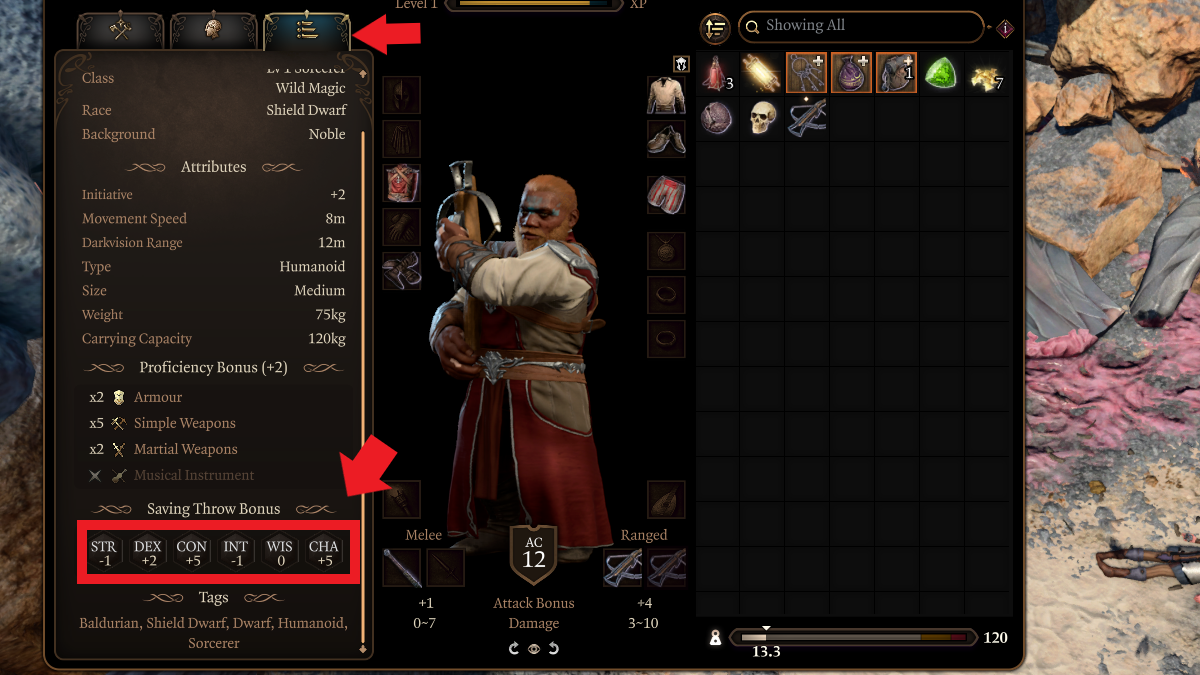
By default, each class begins with proficiency in two Saving Throws. In most cases, they gain proficiency in one “bad” saving throw—Strength, Intelligence, or Charisma —and one “good” saving throw—Dexterity, Constitution, or Wisdom. In the above example, the Dwarf Sorcerer has proficiency in Constitution and Charisma Saving Throws. This means his +3 to both of his stats due to his ability scores are improved by a +2 from his Proficiency bonus.
Related: How long does it take to beat Baldur’s Gate 3?
His other four Saving Throws are just his raw attributes. And, as you can see, even Dexterity is a dingy +2. Proficiency in a Saving Throw is a big deal in Baldur’s Gate 3, nearly doubling your default save on your best stats.
Let’s say that our Sorcerer wanted to get proficiency in Wisdom Saving Throws. What could be done? Well, he would probably have to wait until level four. At level four, you can select a feat. There’s one feat that is really impactful for our purposes called Resilient. That feat lets you bump an ability score by one and gives you proficiency in said ability score’s Saving Throw.
Most of the time, monsters will not have proficiency in any Saving Throw. That means that, as you grow in power, most monsters will have trouble succeeding on Saving Throws against you. This does not apply to many bosses and named enemies, who will always have several Saving Throw proficiencies.
Targeting a monster’s bad saving throw is a great idea to improve the effectiveness of your spellcasting, especially on the higher difficulty levels. For example, targeting a Mind Flayer’s mental Saving Throws—Intelligence, Wisdom, or Charisma—is a terrible idea. Instead, target their physical stats, which are much, much lower. Goblins have high Dexterity, so you should avoid that and instead target their Strength or weak mental stats with Saving Throws in those categories.
Others Asked
What is one of the main features introduced in Baldur's Gate 3 Patch 6?
One of the main features introduced in Baldur's Gate 3 Patch 6 is new and improved kissing scenes, enhancing the game's romance system.
What are some new features introduced in Baldur's Gate 3 Patch Five?
Patch Five introduces an epilogue set six months after the game's ending, two new play modes (Honor Mode and Custom Mode), performance improvements in Act Three, dynamic resolution setting on the PS5, Korean localization, improved inventory management, a new fight at Ramazith's Tower, and the ability to pick up Orin's outfit as loot.
What initial steps should players take to fix the 'can't save' bug in Baldur's Gate 3?
Players should exit Baldur's Gate 3, close the Larian Studios Launcher, right-click on Baldur's Gate 3 in their Steam library, select 'Properties,' go to the 'General' tab, and switch off the slider for 'Keep game saves in the Steam Cloud for Baldur’s Gate 3.' Then, they should delete the 'Baldur's Gate 3' folder in the AppData > Local > Larian Studios directory.




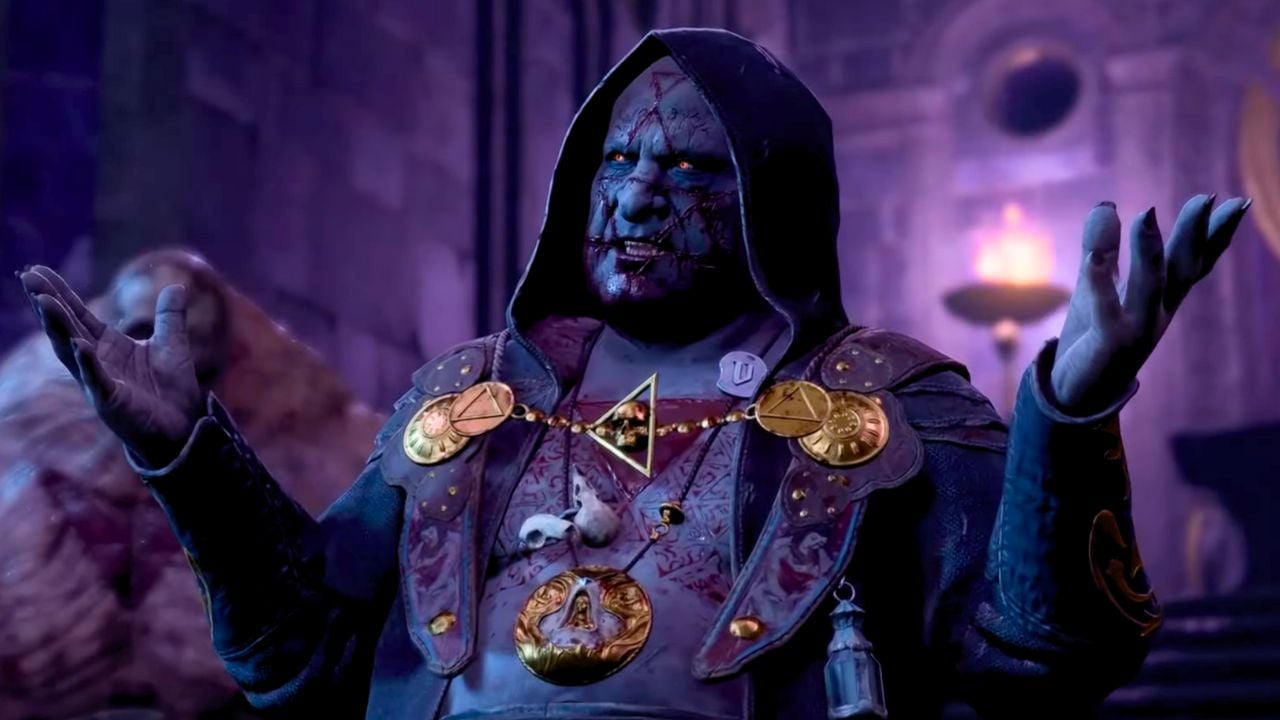
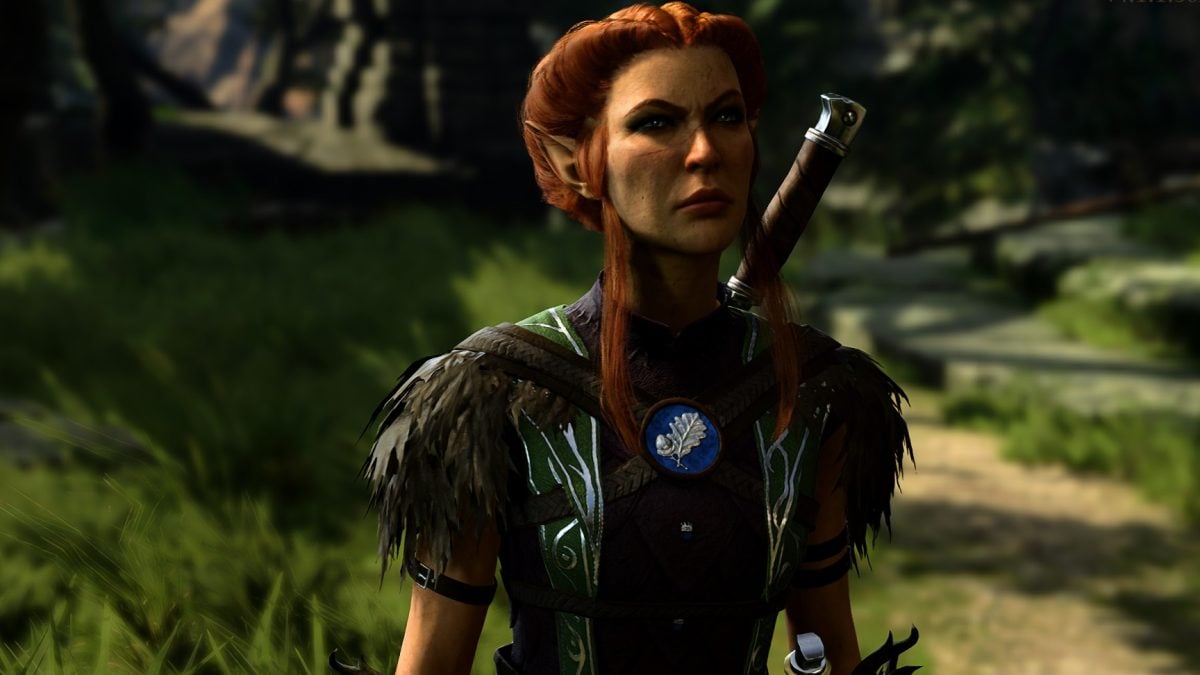
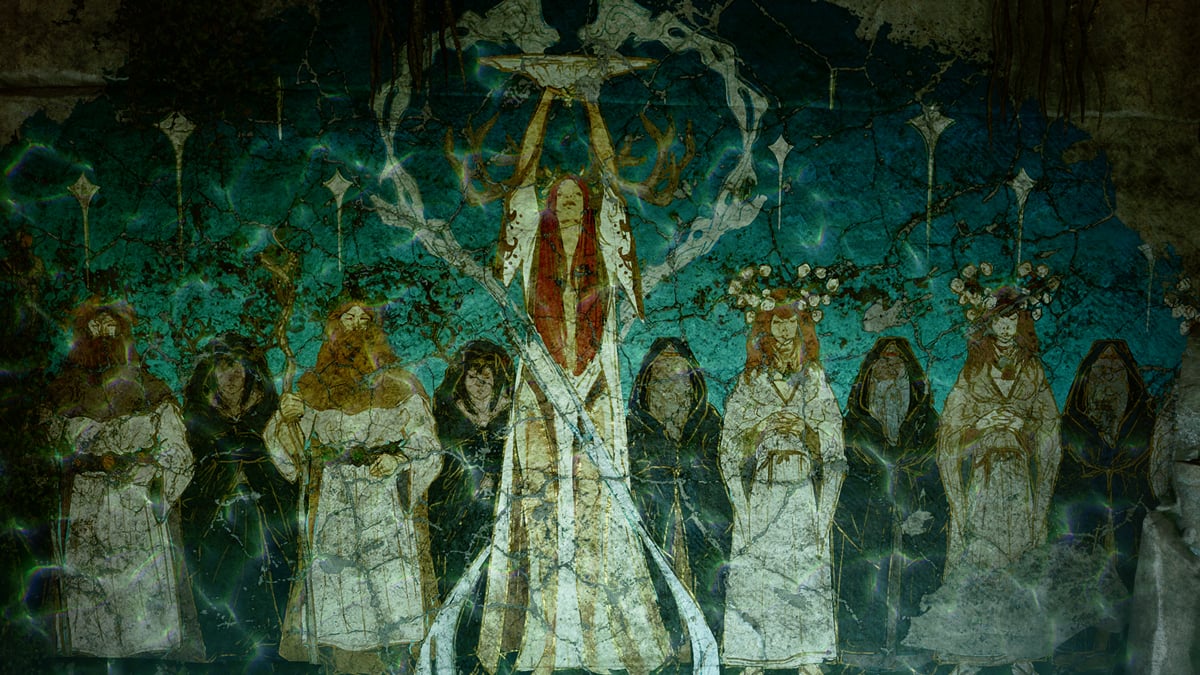
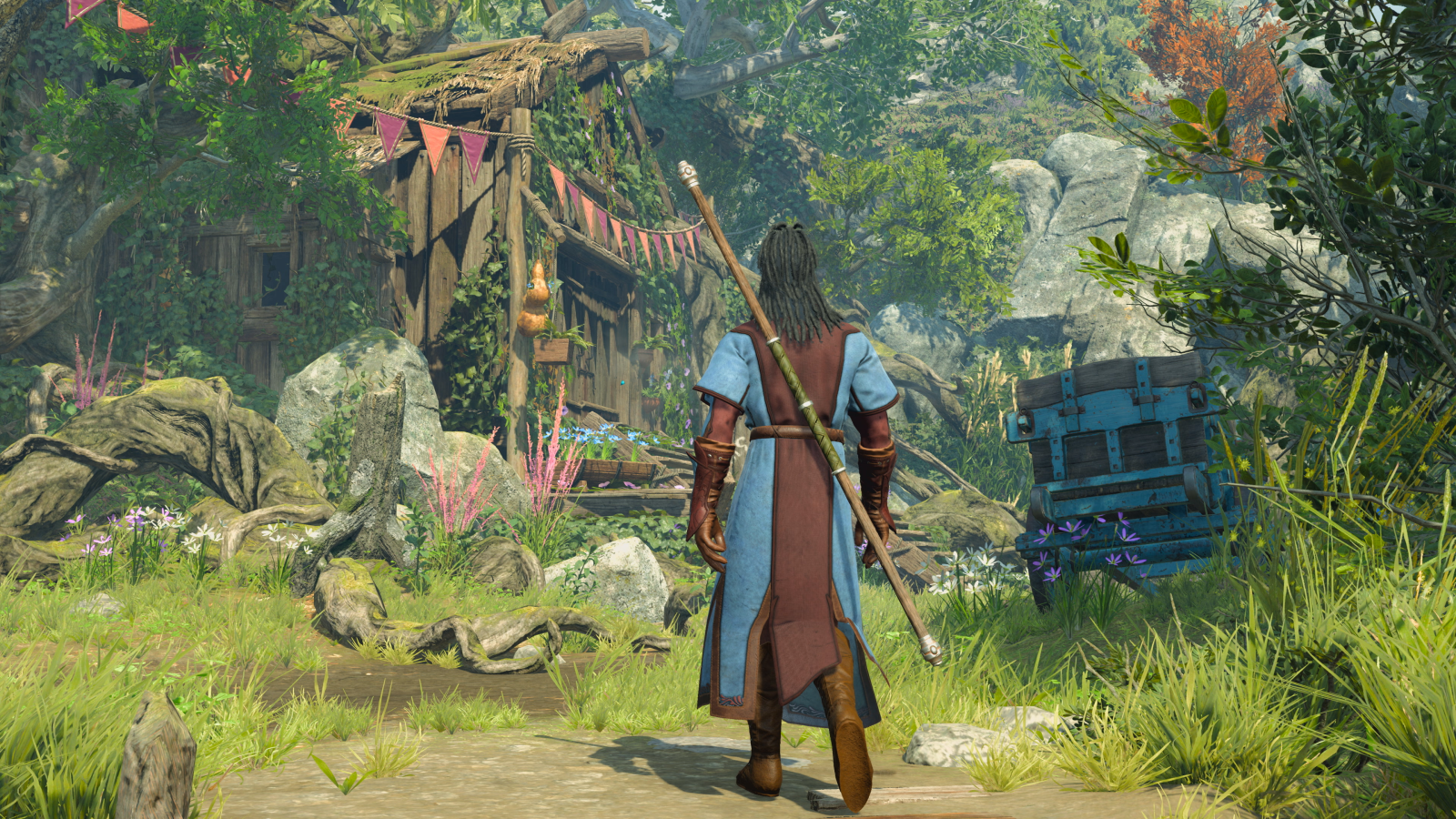

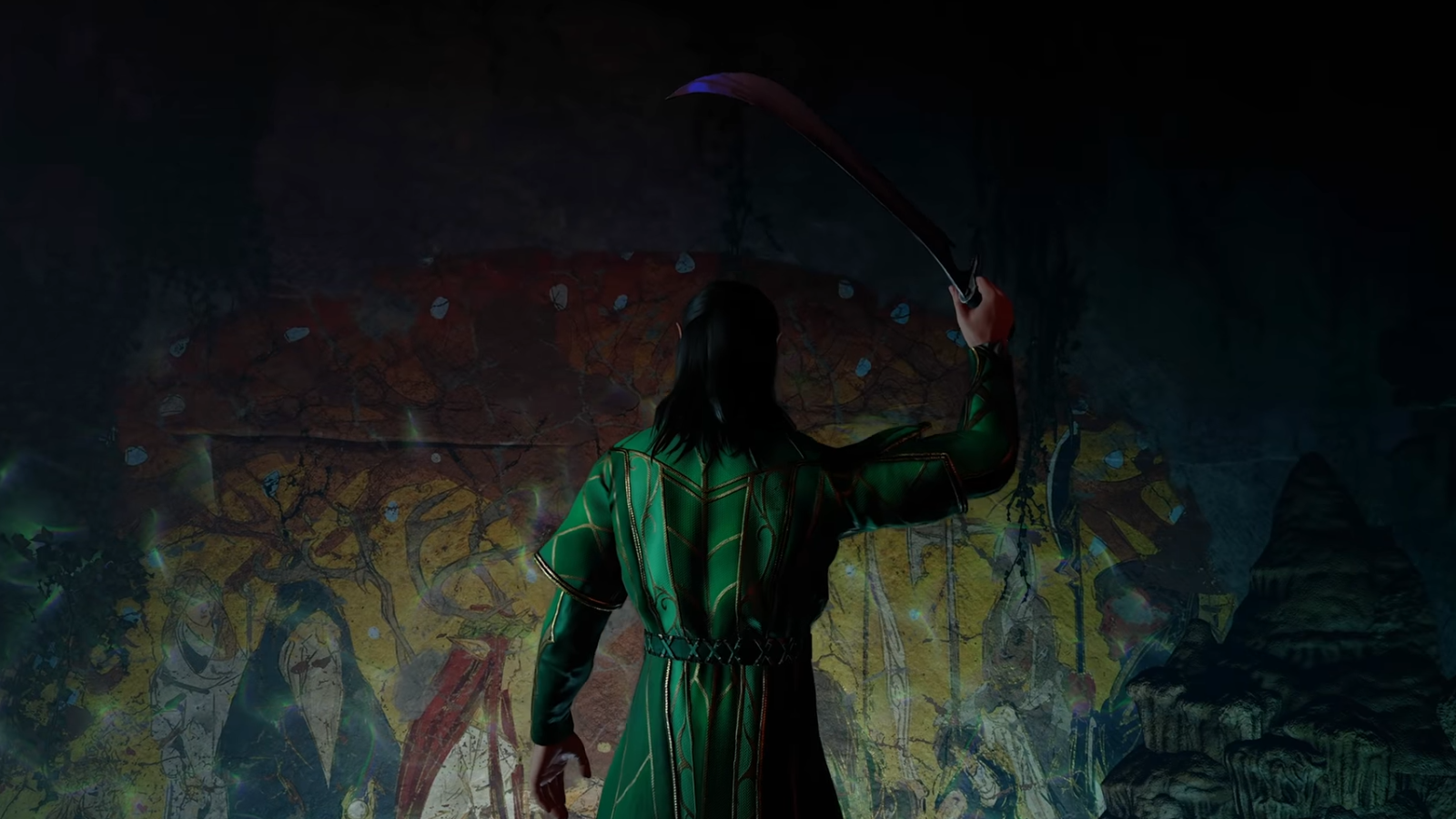
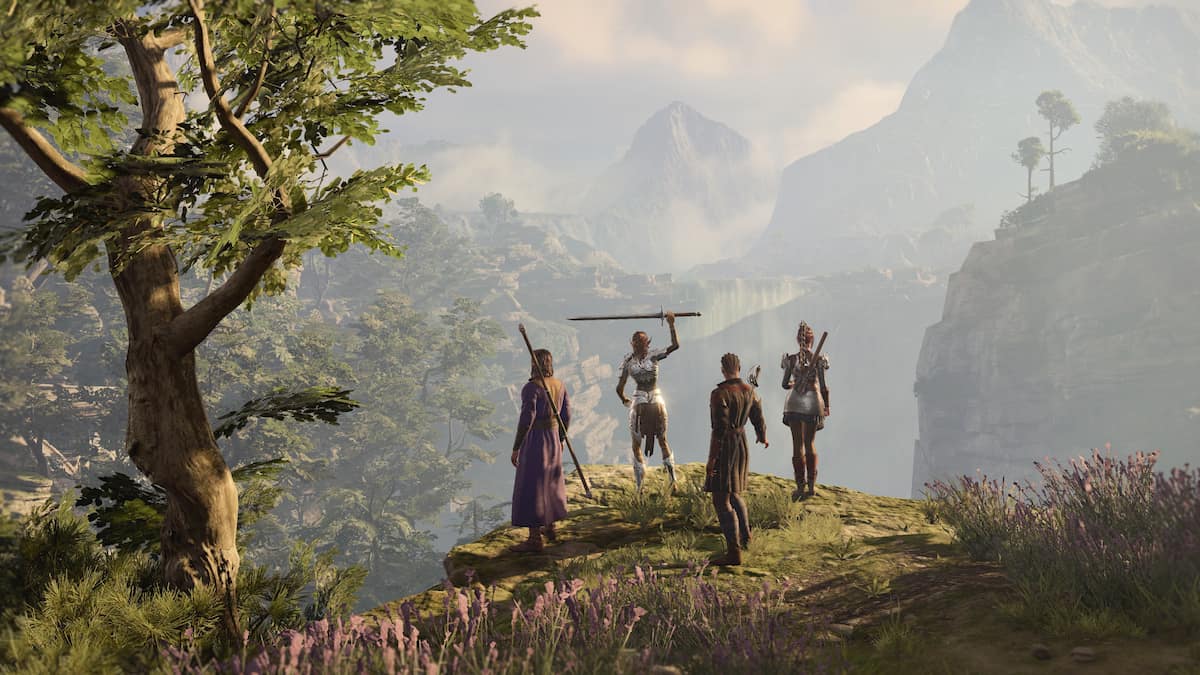

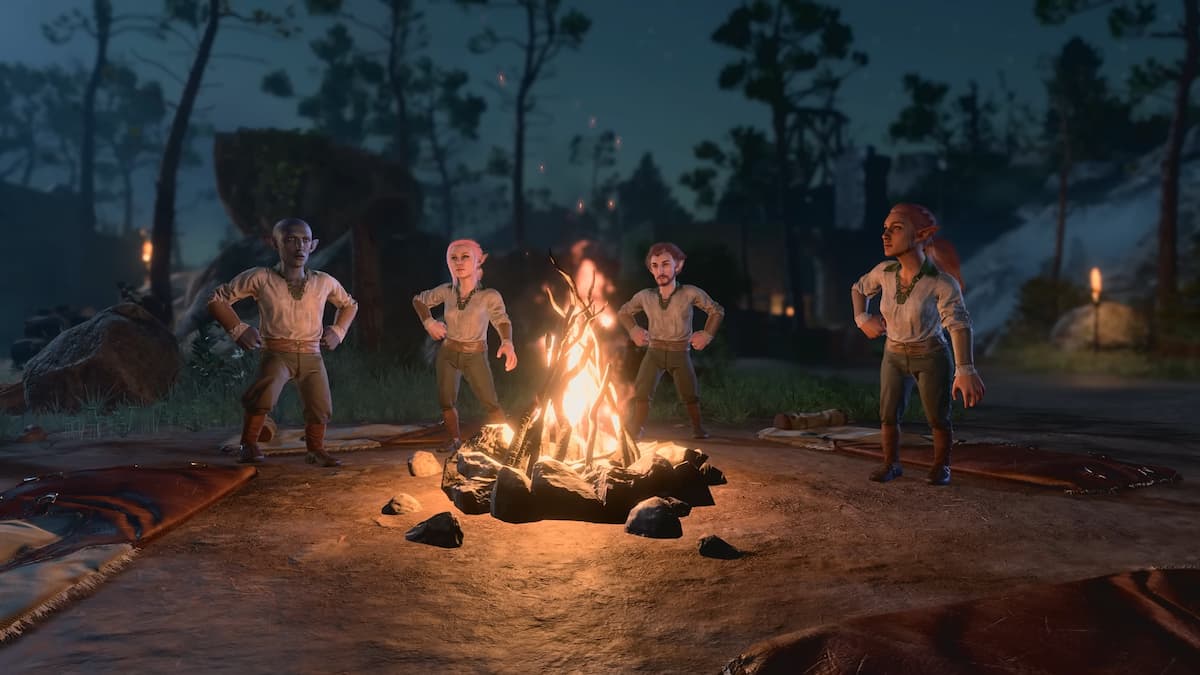

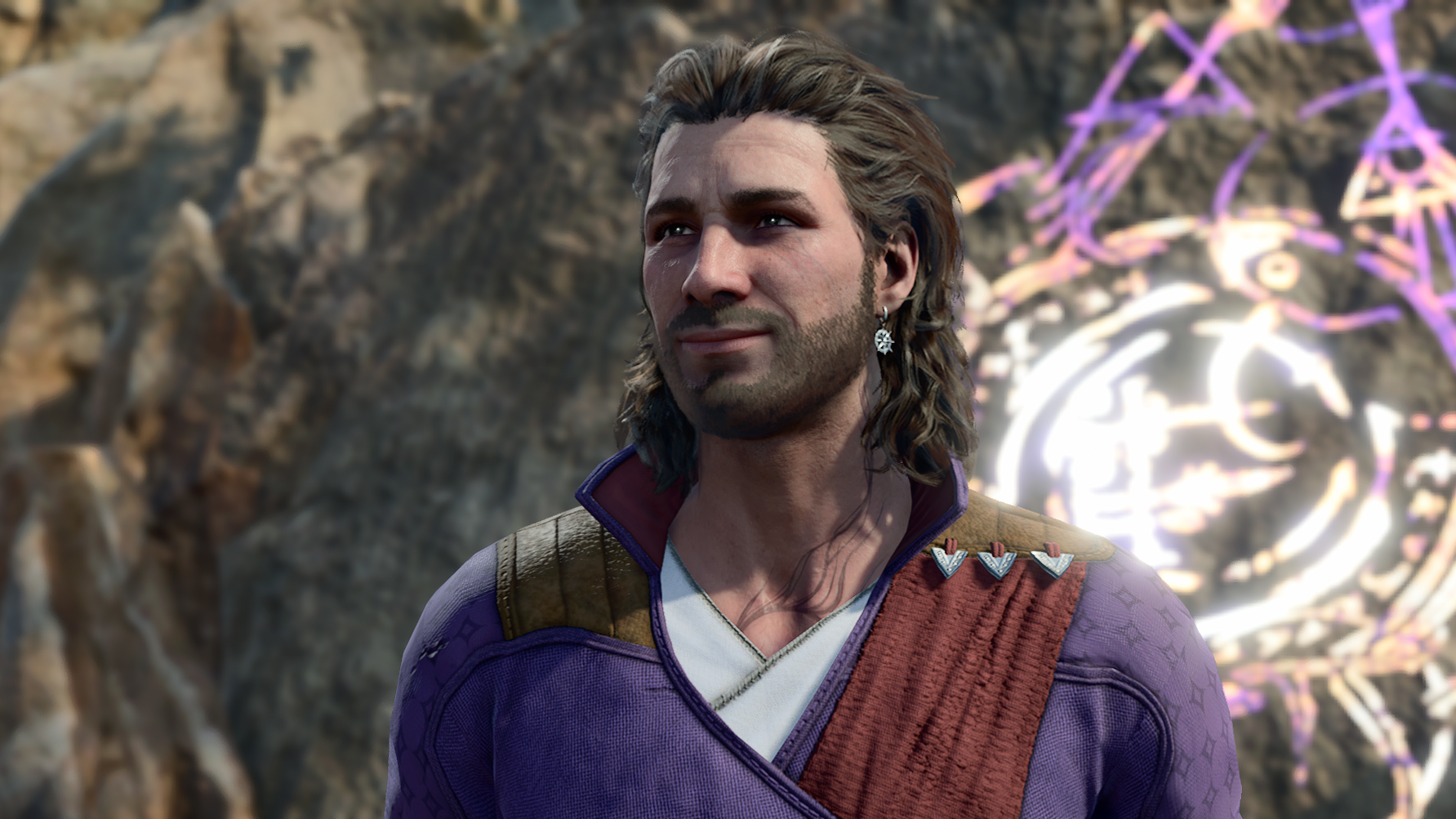
Published: Aug 6, 2023 01:57 pm